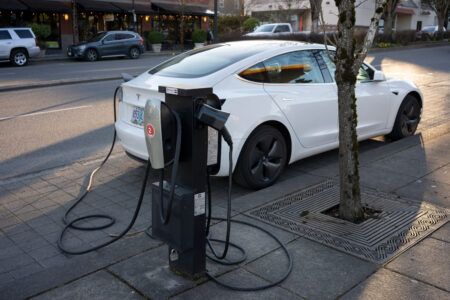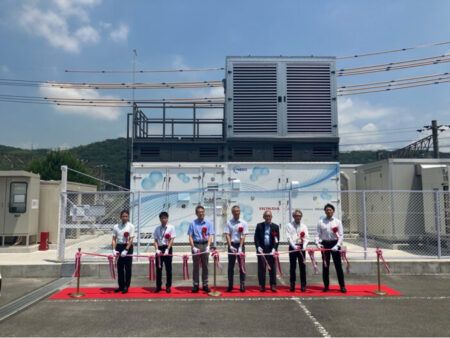Ford Motor Company has developed a new EV platform designed to reduce manufacturing complexity and costs, according to Doug Field, the company’s chief EV, digital and design officer. The Ford Universal Electric Vehicle Platform will underpin the automaker’s first midsize, four-door electric pickup truck.
Speaking at Ford’s Louisville Assembly Plant, Field detailed the three-year development process, describing how Ford assembled a small team led by Alan Clarke, formerly of Tesla, to work on the project in secrecy at a California facility. The team operated with minimal oversight and was tasked with challenging conventional automotive engineering approaches.
“Physics is not proprietary,” Field said, explaining the team’s philosophy of deep systems integration that led them to find ways for individual parts to perform multiple functions while eliminating complexity.
The new platform incorporates what Ford calls “unicasting,” where large, single aluminum parts serve as both structural body elements and bases for sub-assemblies. Compared to a traditional pickup body, the team eliminated three-quarters of the parts, two-thirds of the welds, and half of the fasteners. The electrical system removes over 4,000 feet of wiring compared to Ford’s first-generation electric SUV.
“The disruption to how we build the vehicle is every bit as important as the product itself,” Field said.
Ford plans to abandon the traditional moving assembly line for what it calls an “assembly tree” approach. The vehicle will be built in three separate pieces – front, rear, and structural battery core – before final assembly. Field said this represents the first time a vehicle will be manufactured using this method anywhere in the world.
The efficiency improvements are expected to allow Ford’s vehicles to achieve similar range as competitors while using batteries up to one-third smaller. The company’s target is a five-year cost of ownership lower than purchasing a three-year-old Tesla Model Y.
The midsize electric pickup will offer more passenger space than a Toyota RAV4 while including both a front trunk and traditional truck bed. The vehicle will feature Ford’s BlueCruise hands-free driving system and what Field described as a “ground-up, zonal electric architecture” enabling new digital experiences.
Field emphasized that the electric powertrain was essential to the platform’s design philosophy, noting benefits including home charging capability, mobile power plant functionality, and superior driving dynamics from the battery’s low center of gravity and instant electric motor torque.
The executive said he believes the primary competitive battleground, particularly against Chinese manufacturers, will occur in the digital realm. He expressed confidence that Ford’s combination of innovation capabilities and established manufacturing expertise positions the company to succeed where both legacy automakers and electric vehicle startups might struggle.
Ford has not announced pricing, range specifications, or launch timing for the midsize electric pickup.





